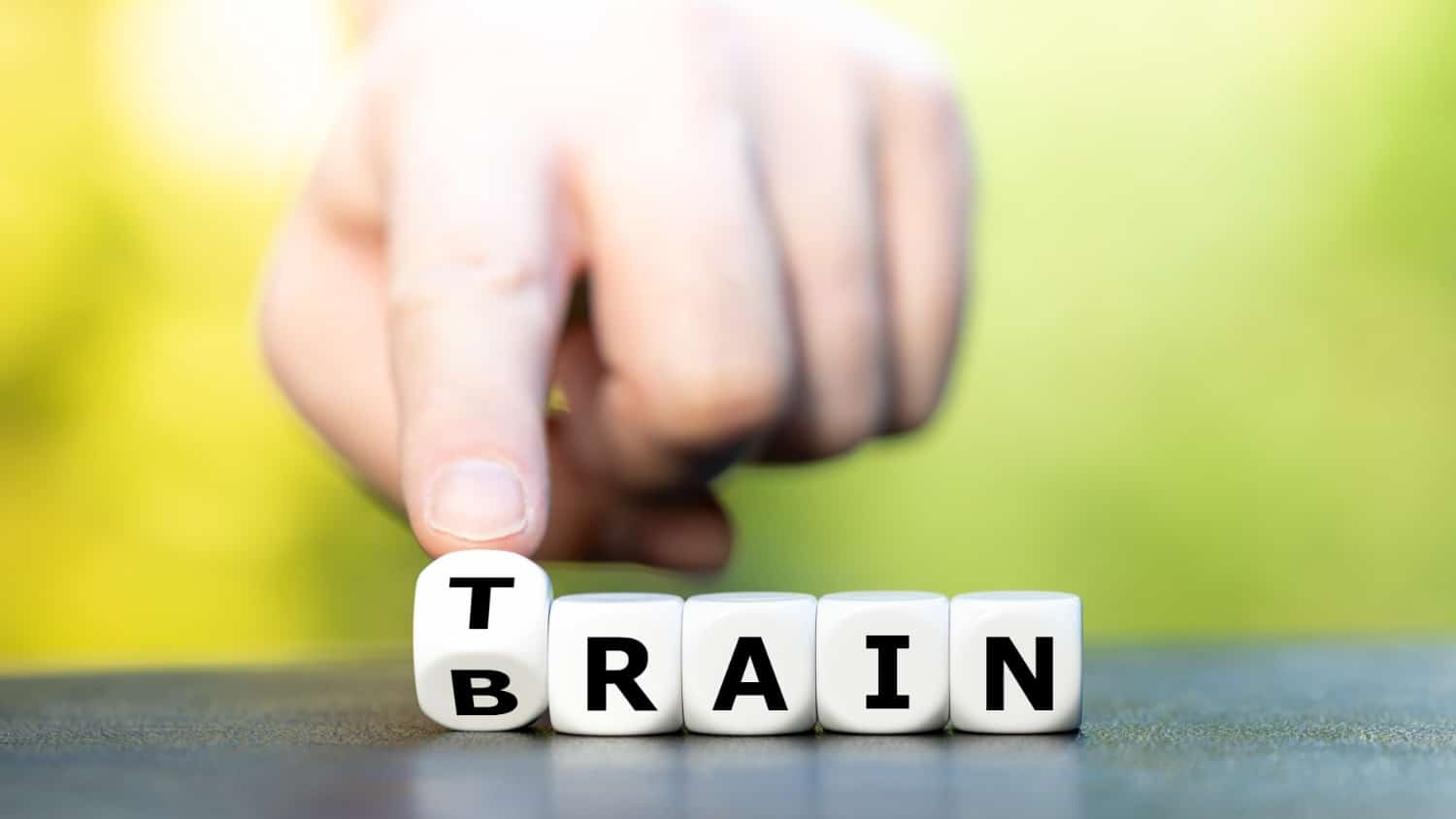
How Sharing Stories Boosts Your Brain, Especially After 60
When we hear stories, our brains sync and minds meld. We tend to think, “What’s in it for me?” so here’s some information you may find helpful.
When Your Brain Hears, “Blah Blah Blah”
When you read or listen to facts, or watch a PowerPoint presentation, the language processing parts of your brain get activated. Your brain automatically decodes the words into meaning. That’s it. Not much else happens.
A recent study by the University of Maryland identified the automatic process our brain goes through when it picks up spoken language.
Listening to a Story
However, when you hear a story, in addition to the language processing areas, parts which receive and process sensory information like sight, touch, taste, smell, and hearing, and parts which activate motor movements and emotions, are also triggered.
In other words, our brain is stimulated by stories in a way similar to stimulation by experience.
For example, if we hear a story about a sumptuous dinner, the part in our brain that processes taste starts to “taste” the food. When we hear how someone escapes from giant meat-eating lizards our motor cortex becomes active; we “experience” the act of running.
Depending on the story, multiple regions in our brain work together to build rich images and emotional responses. A story can light up our whole brain.
And We Sync Up
Not only that, the brains of the storyteller and the listener can synchronize, says Dr. Uri Hasson, a neuroscientist from Princeton University.
In an experiment led by Hasson, a woman had to tell a story while in an MRI scanner, which detected her brain activity by monitoring the blood flow to her brain. When the blood flows to certain brain areas, they light up on a computer screen, showing their engagement.
Meanwhile, a group of volunteers listened to the stories through headphones, while their brains were also scanned.
When the woman spoke, the volunteers’ brains synchronized with hers. When she had activity in her emotional brain region, the listeners did too. When her frontal cortex lit up, so did theirs. Hasson found that the more the listeners understood the story, the more their brain activity mirrored the storyteller’s.
Why Is Brain Sync Important?
After 60, unless we go out of our way to maintain relationships or form new acquaintances, we could become more isolated. By sharing stories, either with old friends or new, we form connections.
We create a shared understanding and increased intimacy. Sharing stories triggers brain chemicals for social bonding. We gain trust. We form communities.
In an article in Psychology Today, Lissa Rankin, M.D., said, “Every time you tell your story and someone else who cares bears witness to it, you turn off the body’s stress responses, flipping off toxic stress hormones like cortisol and flipping on relaxation responses that release healing hormones like oxytocin, dopamine, and endorphins.”
She adds that “this turns on the body’s innate self-repair mechanisms and functions as preventative medicine – or treatment if you’re sick.”
Dr. Rankin also believes that listening to stories relaxes your nervous system and helps heal your mind of depression, anxiety, fear, anger, and feelings of disconnection.
But There’s More
A study by St. Catherine’s University, “The Effects Of Storytelling On Happiness And Resilience In Older Adults,” concluded that finding meaning and maintaining a sense of purpose can be vital to aging well.
The study suggested that telling stories about our lives helps us find moments of wholeness from our past. We can use these states of grace to create meaning in our present, which in turn, may create a more positive future.
When we learn to find meaning from our life stories, we develop a perspective on aging. We view ourselves as having progressed toward a mature wisdom. This brings an increase in confidence and wellbeing.
Basically, sharing stories is fun and is good for our brains.
Let’s Have a Conversation:
How often do you share stories? Who do you share your stories with? Have you noticed a bond with your listeners? Please tell us about the experience in the comments below.
Tags Brain Health







My husband and I have lived a self-sufficient, sustainable lifestyle for fifty plus years.We have shared the ups and downs of our journey with an array of individuals from all corners of the globe. They constantly share with us the impact that our story-sharing has had on their lives and the choices they make. In 2019 when our property was destroyed by bush fire, they were to quick to act. Setting up crowd funding to buy us a Tiny house to provide us with somewhere to live while we repaired and regained what was lost. The idea grew from two women in their late twenties who had met while staying with us. One from Slovakia and one from New Zealand. They shared with others that had met at our property. And asked others to connect to people that had met at our place. Soon, a league of nations unfolded………. Findland, Norway, Russia, Italy, Greece, Estonia, Hungary, Ireland, Scotland, USA, Belgium, France, China, Japan, Chile, Spain, Portugal, Peru, Alaska, Singapore, Thailand, Vietnam, Slovenia, and Israel. Yes. people from all these countries came to home in Australia to listen and learn. It was a humbling experience. And to us is proof of this wonderful and insightful article.